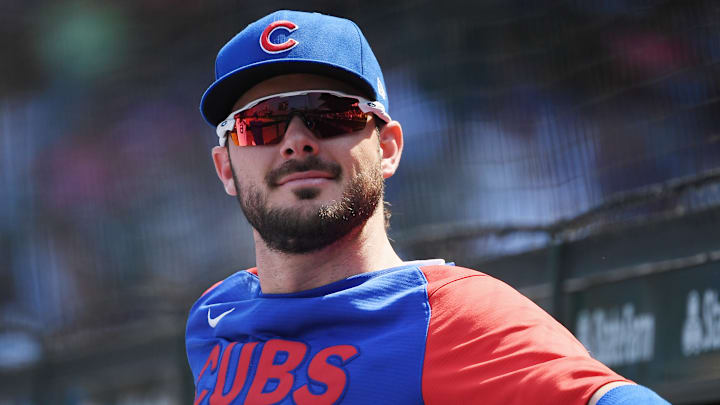Hitter or Pitcher?
The Cubs have drafted more hitters than pitchers over the last 20 seasons so the data may be a little skewed. Beyond those pieces of skewed data, they drafted hitters like the aforementioned Javier Baez (26.3 WAR), Kris Bryant (28.8 WAR), and Josh Donaldson (46.6 WAR).
Even in a world where we remove all three of those extreme cases, the argument is pretty strongly made to draft the hitter rather than the pitcher in a scenario where the scouts have them with a similar grade.
The Cubs have drafted four pitchers in the first round that have a positive WAR. Outside of Andrew Cashner (10.9) they only have one other pitcher with a WAR over 1.5: Alex Lange (1.6) who they traded for a half-season of Nick Castellanos.
Even with the three outlier hitters removed from this equation the Cubs have drafted six hitters with a positive WAR and just signed two of them to extensions with Ian Happ (11.9) and Nico Hoerner (8.2).
You absolutely have to have pitching in order to win championships, but the 2016 Cubs proved that you can get that pitching without the risk of drafting it. That season the Cubs utilized a rotation that was made up completely without a homegrown pitcher:
- Jake Arrieta (Trade with Baltimore)
- Jon Lester (Free Agent signing)
- Kyle Hendricks (Trade with Texas)
- John Lackey (Free Agent signing)
- Jason Hammel (Free Agent signing)
If you don’t like that, perhaps you’d like to discuss Marcus Stroman who leads the league in pitching WAR (3.1) this season and signed with the Cubs via free agency. Or maybe your favorite pitching prospect is Ben Brown (traded from Philadelphia), Caleb Kilian (traded from San Francisco) or Hayden Wesneski (traded from New York).
I’m not even arguing against the idea of drafting a pitcher, I’m just saying that in a world where you have to hit on your first-round pick, don’t draft a pitcher with your first-round pick. Justin Steele is a tremendous pitcher that the Cubs drafted in the 5th round. Jackson Ferris may be the best prospect in the system and he was drafted in the 2nd round. You have to draft pitchers at some point, but you are allowed to limit your risk.
